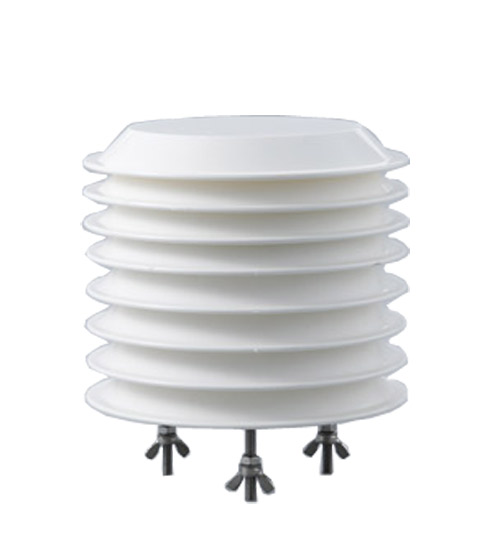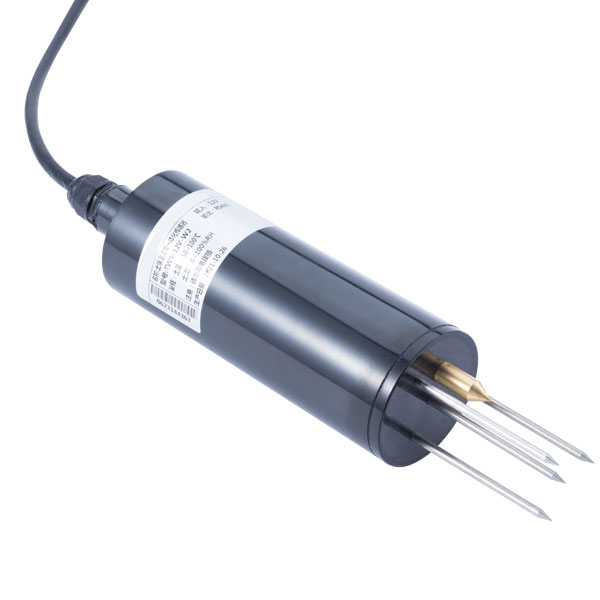

— Blogs —
—Products—
 Consumer hotline +8618073152920
Consumer hotline +8618073152920 WhatsApp:+8615367865107
Address:Room 102, District D, Houhu Industrial Park, Yuelu District, Changsha City, Hunan Province, China
Product knowledge
Time:2021-12-11 20:44:08 Popularity:1070
LTE-IoT standard: the future of NB-IoT, Cat-M1 and Cat-1
NB IoT stands for Narrowband Internet of Things; Cat-M1, also known as LTE-M, is specifically designed for IoT. But you may not have heard of the third option, but it is most suitable for today's global IoT deployment: the LTE standard called Category 1 (Cat-1).
What is NB-IoT?
NB-IoT is a standard developed by the Third Generation Partnership Project (3GPP) as part of the 13th version of the cellular communication LTE standard. This is a low-power, wide area network (LPWAN) technology that runs on licensed spectrum and is designed for IoT devices with low bandwidth requirements.
Compared with other existing cellular standards, it is inexpensive, provides better indoor coverage, consumes less power, and therefore has a longer battery life.
The uplink speed of NB-IoT in half-duplex mode is 66kbps and the download speed is 26kbps, which means that data can only flow in one direction at a time. It also has a delay of 1.6 to 10 seconds.
NB-IoT operates in a very narrow bandwidth (180 kHz) and can be deployed in the guard band part of the LTE network, that is, between channels in the unused part of the spectrum.
Therefore, it is most suitable for simple IoT devices that require a small amount of intermittent data transmission and latency is not important.
NB-IoT use cases include smart gas meters, water meters and electricity meters, smart city applications (such as smart street lights and parking sensors), and other remote sensing applications that do not send frequent or large amounts of data.
What is Cat-M1?
Cat-M1, also known as LTE-M, is also a low-cost LPWAN technology developed by 3GPP as part of the 13th version of the LTE standard. It is a complementary technology to NB-IoT, with faster upload and download speeds of 1Mbps, and lower latency of 10 to 15 milliseconds.
Cat-M1 provides fast enough bandwidth to replace many current 2G and 3G IoT applications. It differs from NB-IoT in other aspects: Cat-M1 supports cellular tower handover, so it can be used in conjunction with mobile applications, such as asset tracking and fleet management. It also supports voice functions in IoT applications, such as medical alarm devices and home alarm systems, in these applications
The ability of people to speak is very important.
Good use cases for Cat-M1 include wearable devices such as fitness wristbands, smart watches and automated teller machines (ATM), as well as asset tracking, health monitors and alarms. It also has some crossovers with NB-IoT, which can work with smart meters and industrial monitors.
What is Cat-1?
Cat-1 is designed for IoT devices that require medium and low bandwidth. It is part of the 8th edition of the 3GPP standard, so it is an older, but still current technology.
Cat-1 (which has been widely adopted by operators worldwide) provides an upload speed of 5Mbps, a download speed of 10Mbps, and a delay of 50 to 100 milliseconds. In full duplex mode, it uses up to 20 MHz bandwidth and supports tower switching.
Cat-1 can manage low-power applications supported by NB-IoT and Cat-M1, but it can also support higher bandwidth requirements because it offers better performance and lower latency than its two similar products . On the other hand, compared with NB-IoT and Cat-M1, Cat-1 consumes more power and has a slightly shorter signal range.
Why Cat-1 is the best choice today
Companies that need to deploy the Internet of Things globally today should consider Cat-1, because the two new alternatives, Cat-M1 and NB-IoT, are not ready in most markets.
In contrast, Cat-1 is now available and has received extensive support from operators all over the world. It has a low cost and is very popular in IoT deployment, and the price is similar to the current Cat-M1 and NB-IoT modules. Although it does consume more power than Cat-M1 and NB-IoT, it does use quite low power and supports longer distances.
Sensors & Weather Stations Catalog
Agriculture Sensors and Weather Stations Catalog-NiuBoL.pdf
Weather Stations Catalog-NiuBoL.pdf
Related recommendations
Related products
 Atmospheric Temperature Humidity Pr···
Atmospheric Temperature Humidity Pr··· Soil Temperature Moisture Sensor 4-···
Soil Temperature Moisture Sensor 4-··· Air temperature, humidity and atmos···
Air temperature, humidity and atmos···
Screenshot, WhatsApp to identify the QR code
WhatsApp number:+8615367865107
(Click on WhatsApp to copy and add friends)